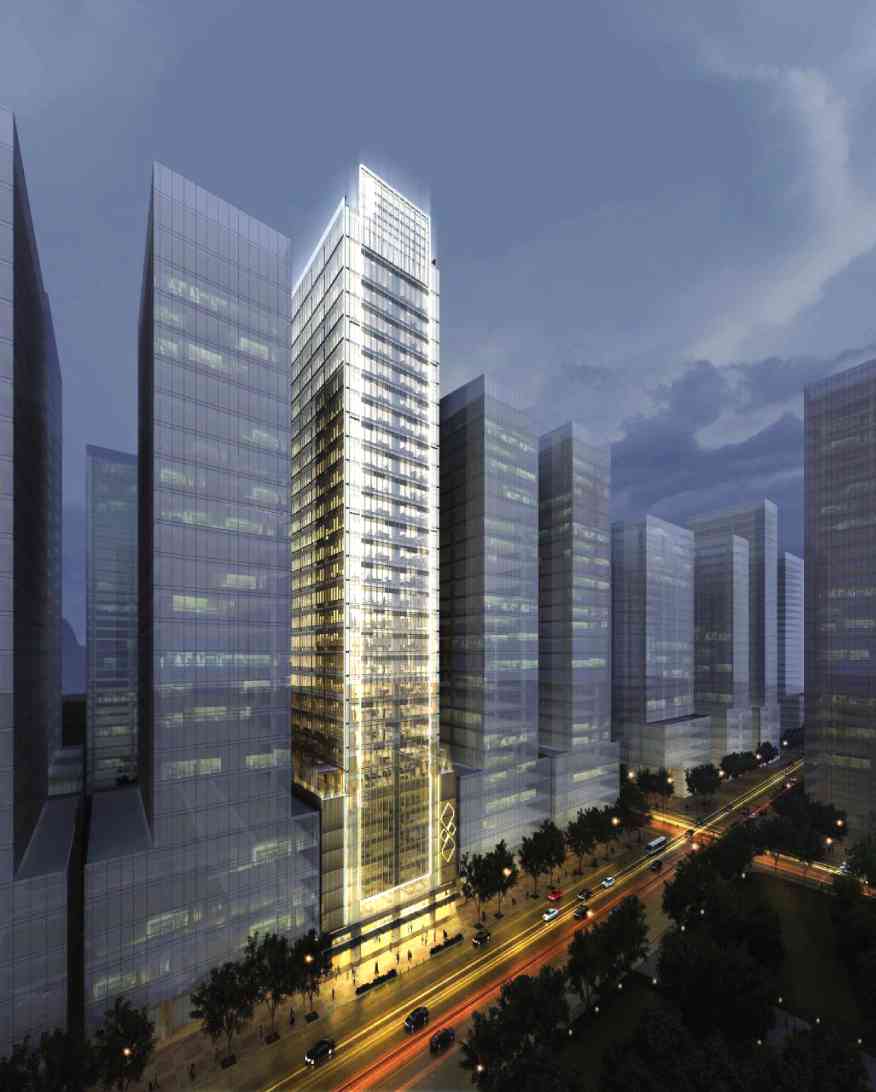
“PERFORMANCE-BASED testing,” according to Manuel, “is done by utilizing computer simulation models that reflect the various inputs and components in the design of a building, to measure its optimal efficiency.”
With the earthquake scare that’s currently making the rounds of the news and social media, the main thing that’s on every building tenant’s mind right now is the question: “How safe is our building when a strong earthquake hits?”
Many high-rise commercial and residential buildings continue to rise in highly urbanized metropolitan centers, like Metro Manila. This is a natural course for a country’s infrastructure development. However, amid the scare of a “big one” hitting Metro Manila, there now exists a need for property developers to ensure their buildings’ earthquake resilience and to communicate this to their stakeholders, particularly current and future tenants.
“It is critical for developers to implement an effective way of evaluating their projects in terms of disaster resilience at the start of the design and construction process,” said Eric Manuel, Daiichi Properties vice president for business development.
Manuel said their own seismic testing methods, in collaboration with leading structural engineering firms, are performance-based, which are more effective in determining a project’s ability to withstand seismic activity and strong winds.
He added: “We tested the structural integrity of our upcoming buildings through a performance-based design approach using a computer model that measures optimal efficiency. This means that the shape and design of our buildings are also dependent on the results of the performance-based testing. More important than the aesthetics of our buildings, are the safety of our tenants.”
Daiichi’s award-winning 32-story One World Place in Bonifacio Global City (BGC) has already achieved above-standard structural performance and reliability, engaging AIT Consulting to implement this performance-based evaluation, with special emphasis on the effects of earthquakes and wind.
Similarly, the company’s World Plaza, which won the Asia Pacific Award for best office development in the Philippines for 2015, has also achieved above-standard structural performance and reliability in performance-based seismic and wind evaluations. The tests were done by Magnusson Klemencic Associates (MKA), an international award-winning structural and civil engineering firm, and Sy^2 and Associates, one of the leading structural engineering companies in the Philippines.
Performance-based seismic design (PBSD), particularly of high-rise buildings, is a new methodology that was pioneered by MKA. The system has greatly transformed the structural design of tall buildings in regions of high seismicity. PBSD uses advanced design methods that meet, and in most instances, exceed the intent and performance objectives of the Building Code.
Architect Reynaldo Fuentez, VP for project management group, stressed: “Through the application of sophisticated analytical methods, Daiichi’s partner structural engineers are able to more reliably and directly predict building response during a maximum ground-shaking event. Our buildings’ designs are then tuned and optimized to respond in the most efficient way possible.”
Although performance-based design itself is not entirely new, MKA’s application to high-rise buildings is considered cutting-edge. MKA has already designed a record 55 PBSD structures all over the world. The two towers of One Rincon Hill in San Francisco were designed by MKA using PBSD methodology.
Daiichi’s tallest tower so far is The Finance Centre, a 42-story landmark on BGC’s 26th Street. For this building, Daiichi Properties retained the services of Thornton Tomasetti, a New York-based structural engineering consulting firm, to provide structural engineering services using performance-based design principles. And like the other Daiichi developments, The Finance Centre achieved above-standard structural performance and reliability in the tests.
Thornton Tomasetti is the same structural engineers for some of the most iconic structures in the world, including The Shanghai Tower, China’s largest tower and the second tallest tower in the world.
Another important aspect of Daiichi’s structural evaluation efforts is that the performance-based tests for its projects cover not only seismic resilience but also structural resilience to wind, which is particularly critical to high-rise buildings in a country that is visited by no less than 20 typhoons a year.